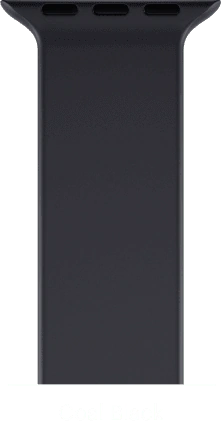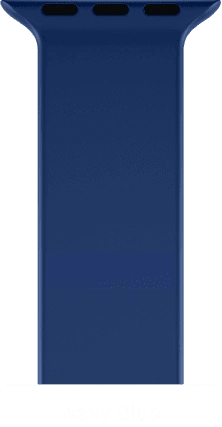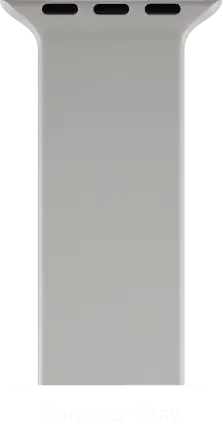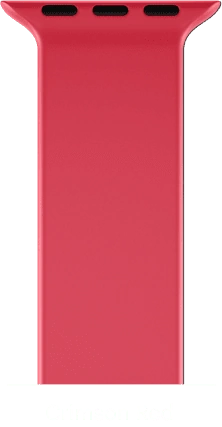AURA Strap 2
Transforms your Apple Watch into the ultimate health tracker and helps you achieve your diet and fitness goals faster. Now in color!
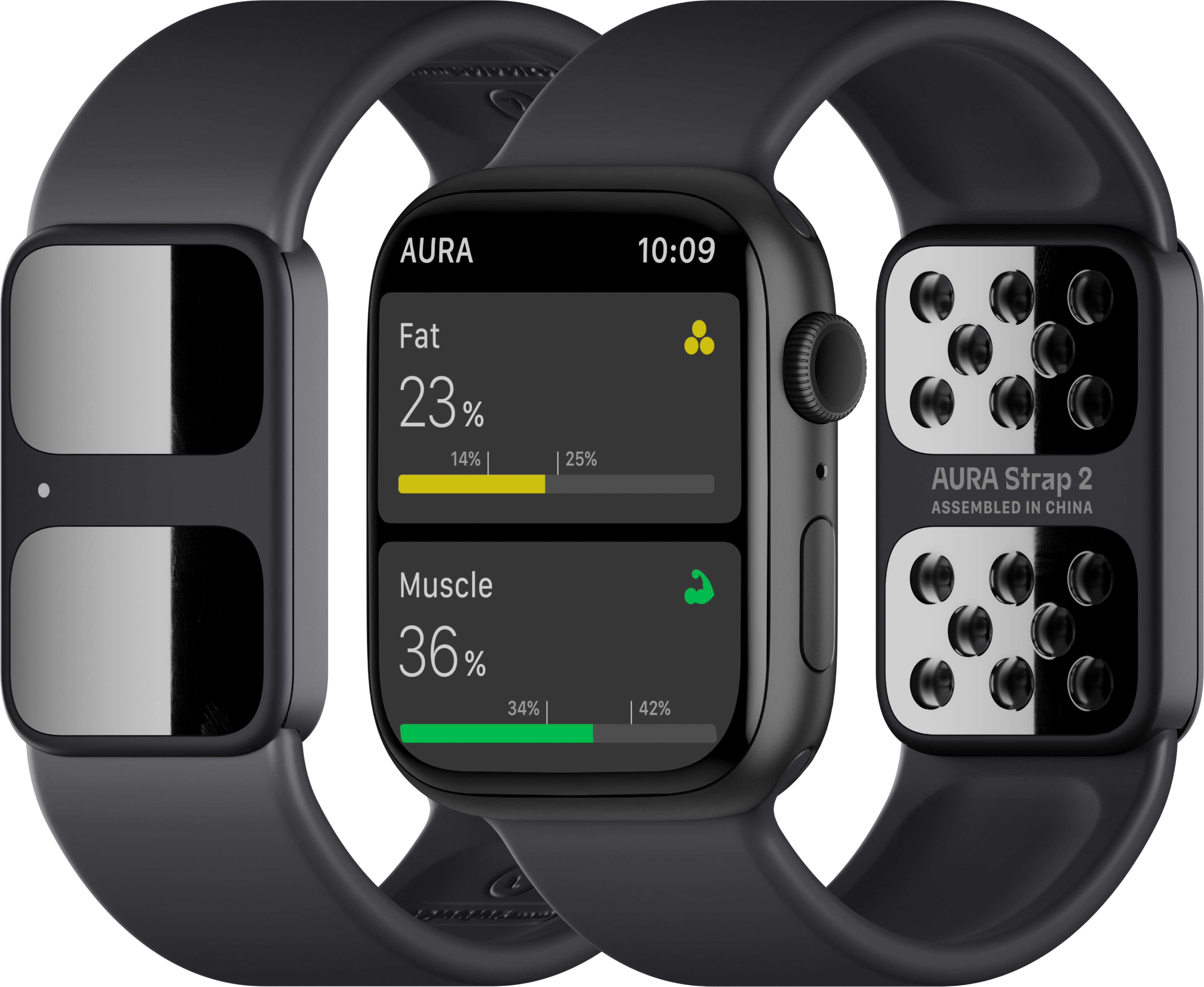
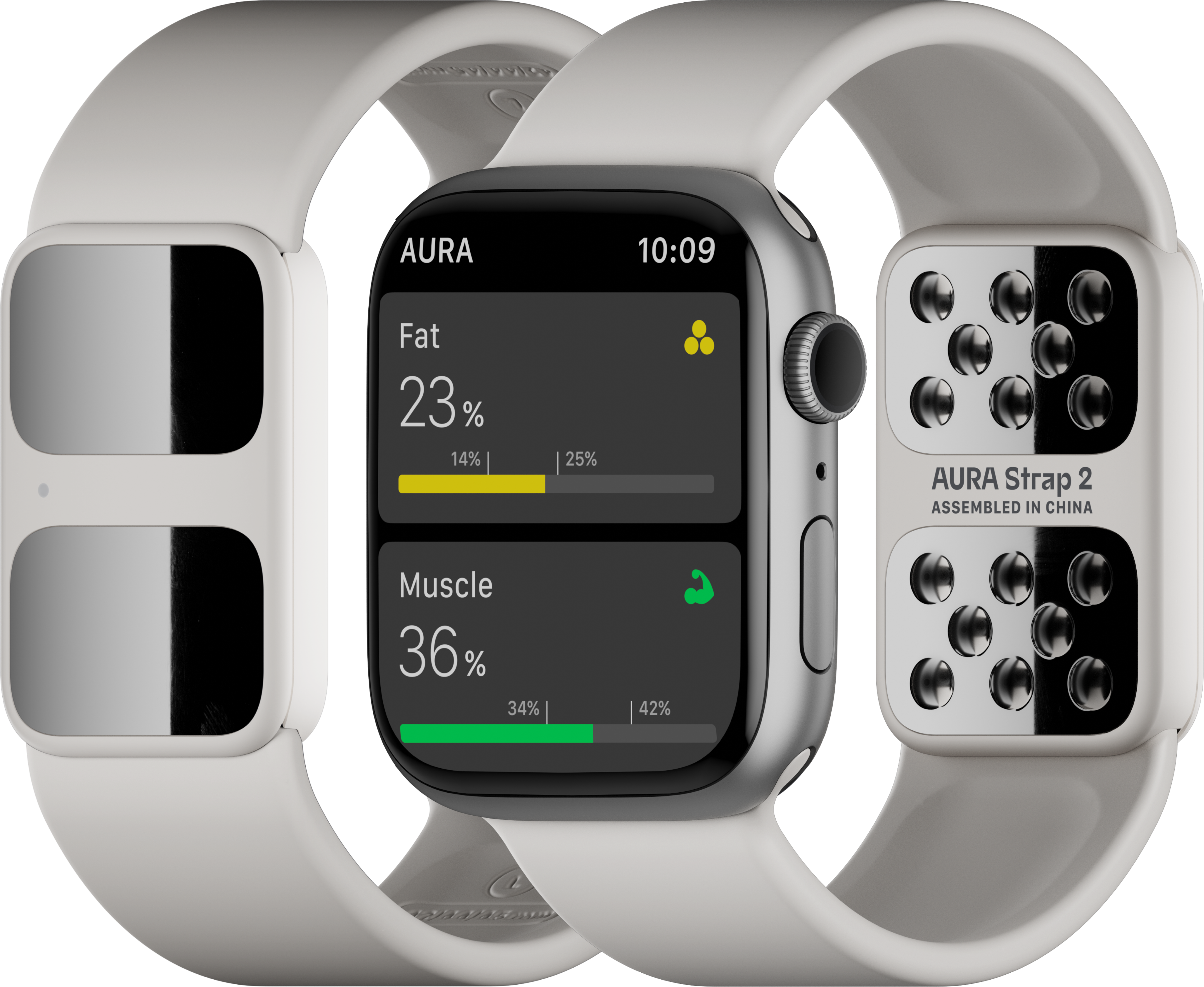
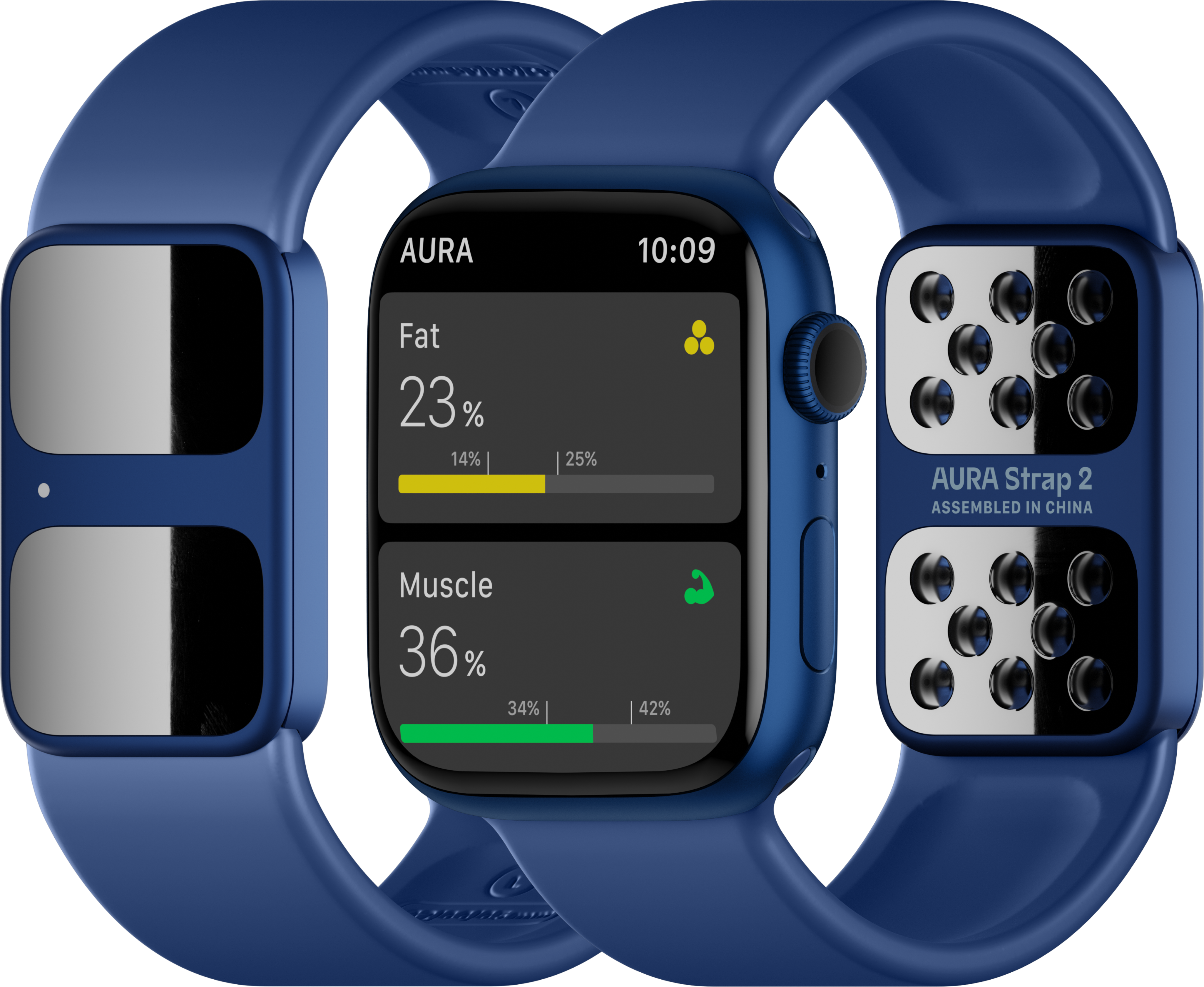
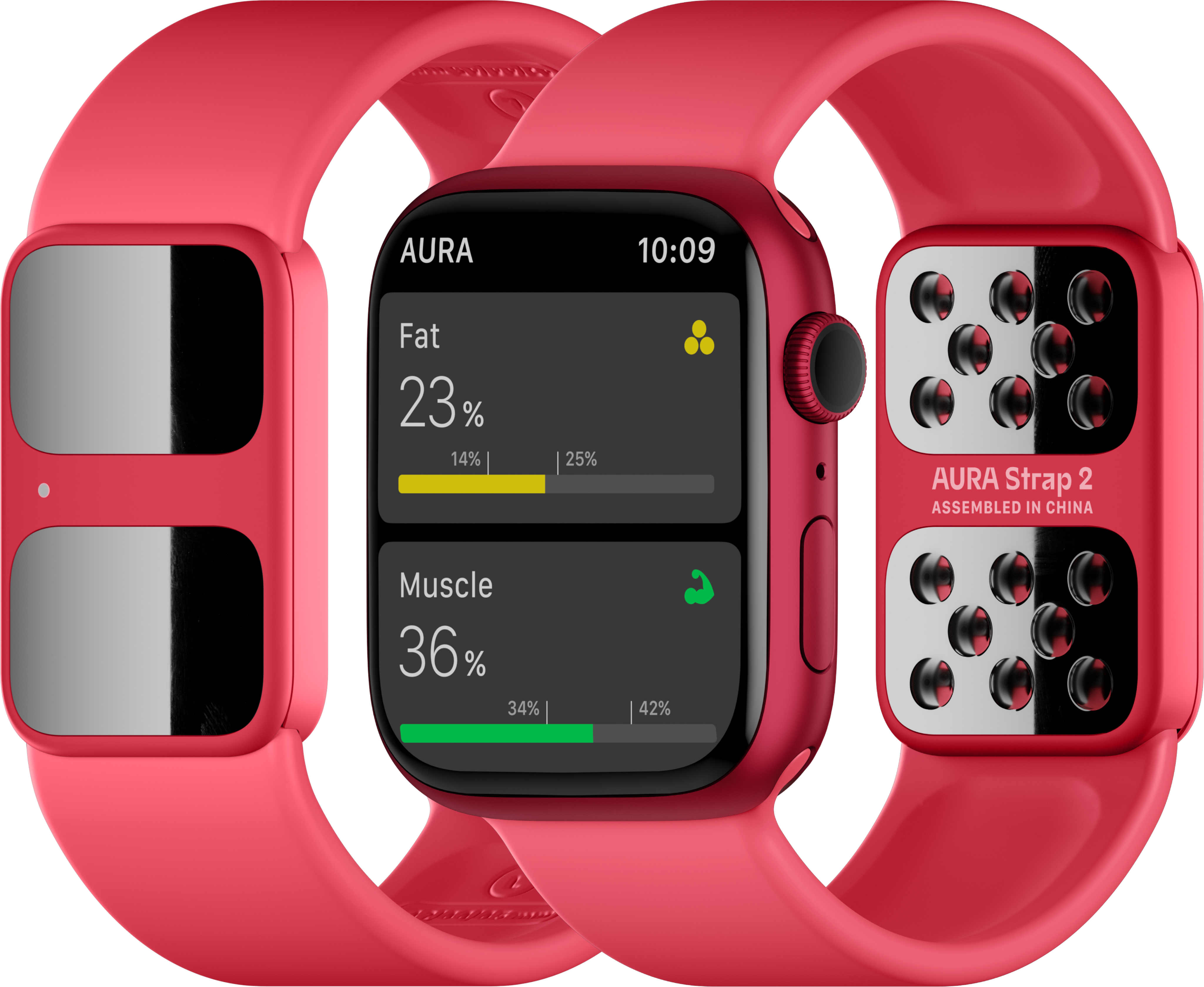
AURA Strap 2 for Apple Watch
AURA Strap 2 brings body composition analysis and water level tracking right to your Apple Watch. Measure how much your fat, muscles, water level, and many more parameters change over the workout or diet process. Build the body of your dreams with the new Strap.
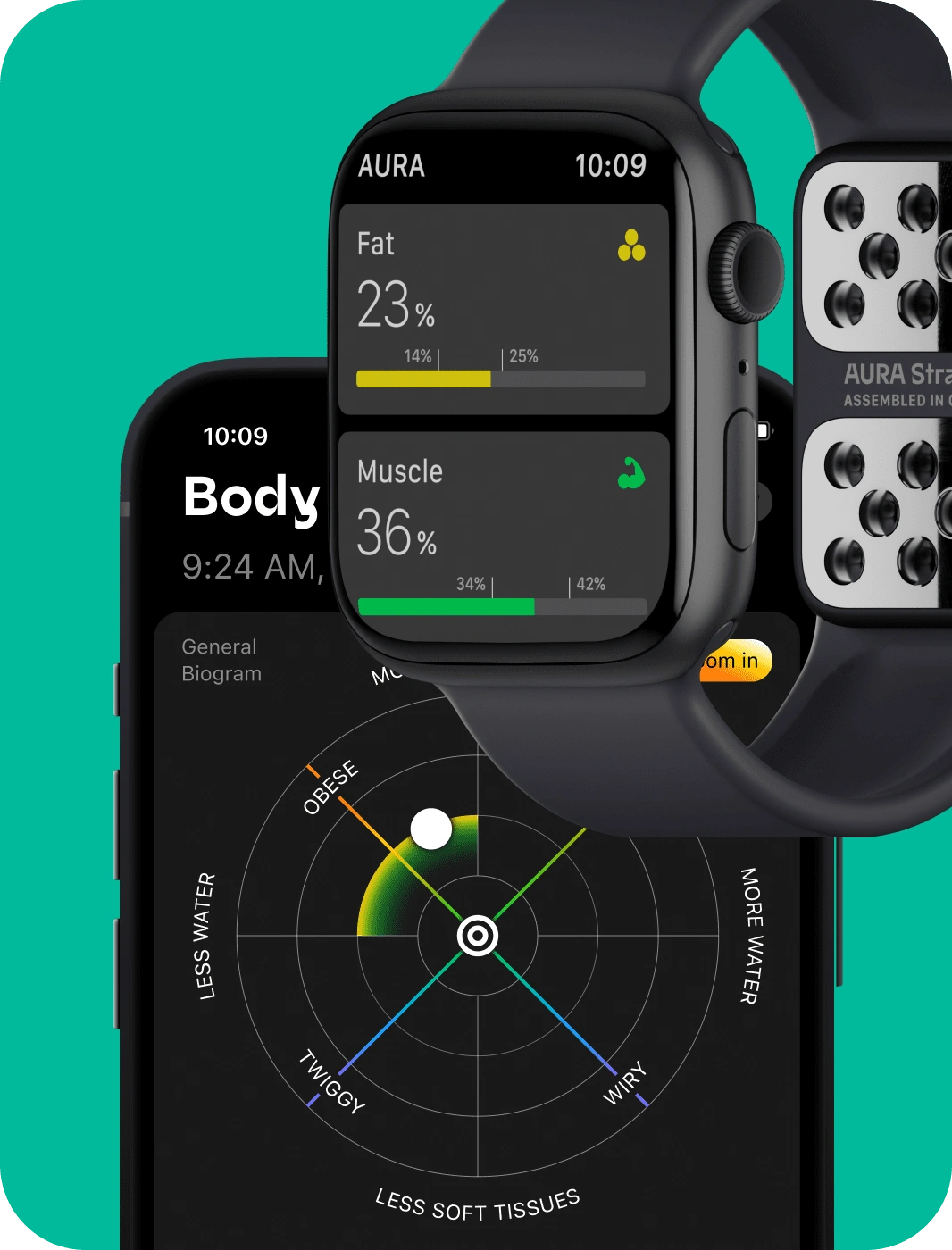
Set, track, and achieve your fitness goals
Choose the body you want, and AURA App will help you build it. Get recommendations and precise analytics on your fitness journey to achieve results faster.
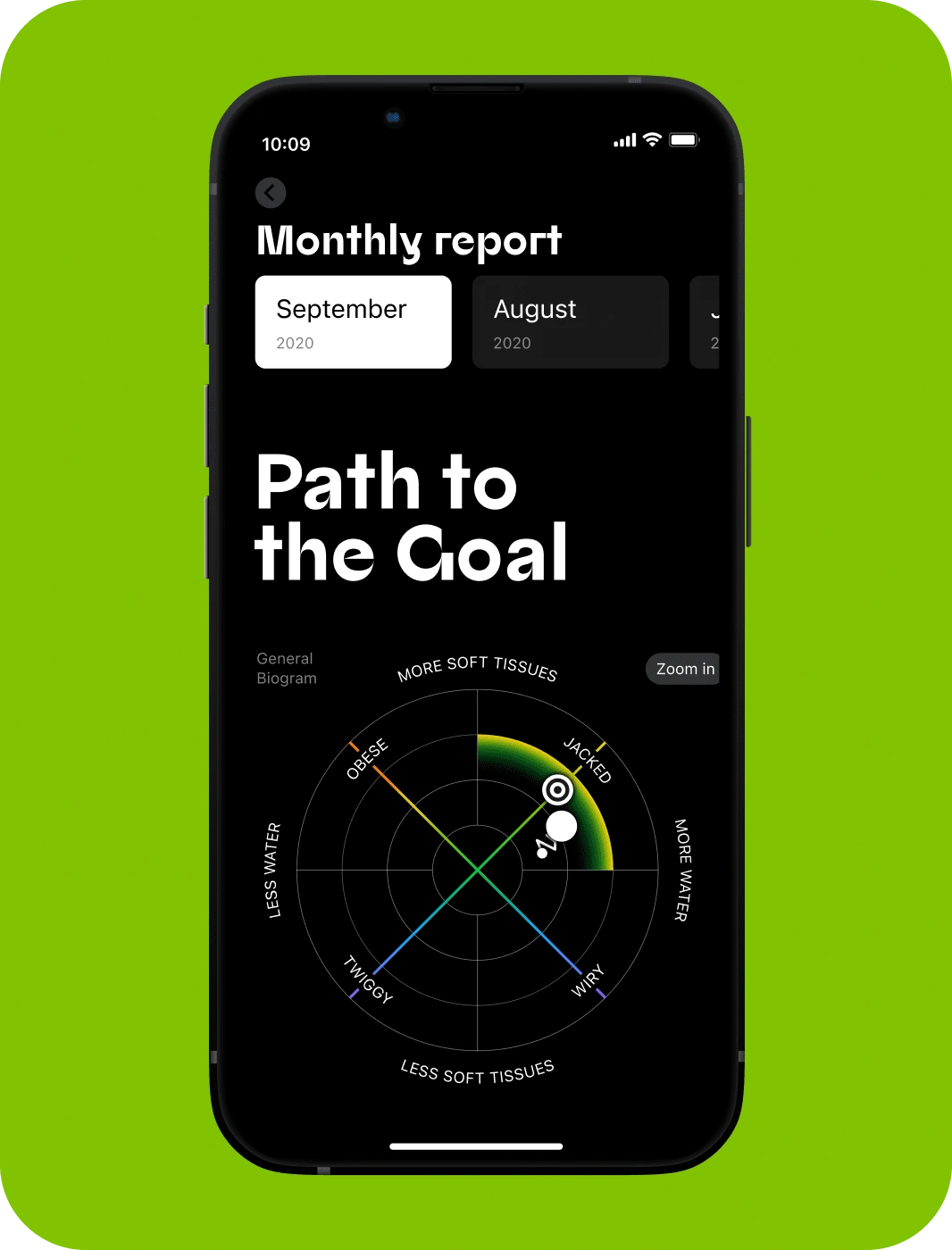
Body composition and water level measurement wherever you are
Open the AURA App on your Apple Watch, then touch and hold the sensors on the Strap 2 for 30 seconds. Measurement data and trends are available both on your Watch and iPhone.
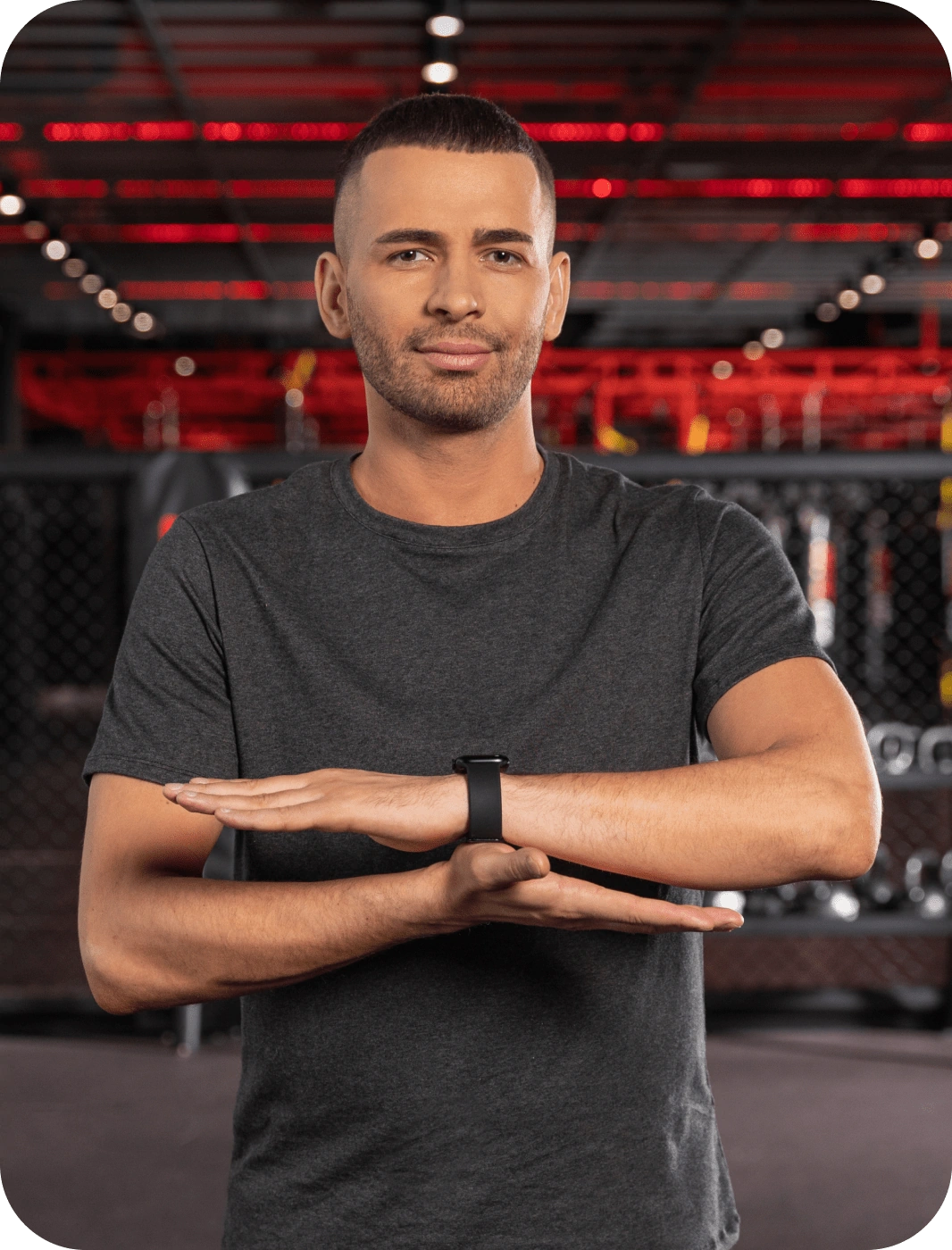
Personalize your Strap 2
With an additional Loop and make it a perfect fit for any of your styles.
Expert reviews
Finally, a body composition gadget that won’t tell you to just lose weight.
Meet the AURA Strap 2, the easiest and best way to unlock new health features from your Apple Watch.
The sensors built right into the Aura Strap 2 add a wealth of body-tracking information that you can’t with the Apple Watch’s default Fitness app.
This Apple Watch Band Can Help You Achieve the Physique of Your Dreams. The all-new Aura Strap 2 can be the key you need for a new look at health and wellness data tracking.
Measurement accuracy
New AURA Strap 2 shows 95%+ measurement accuracy* in comparison with the industry gold-standard DEXA scan.
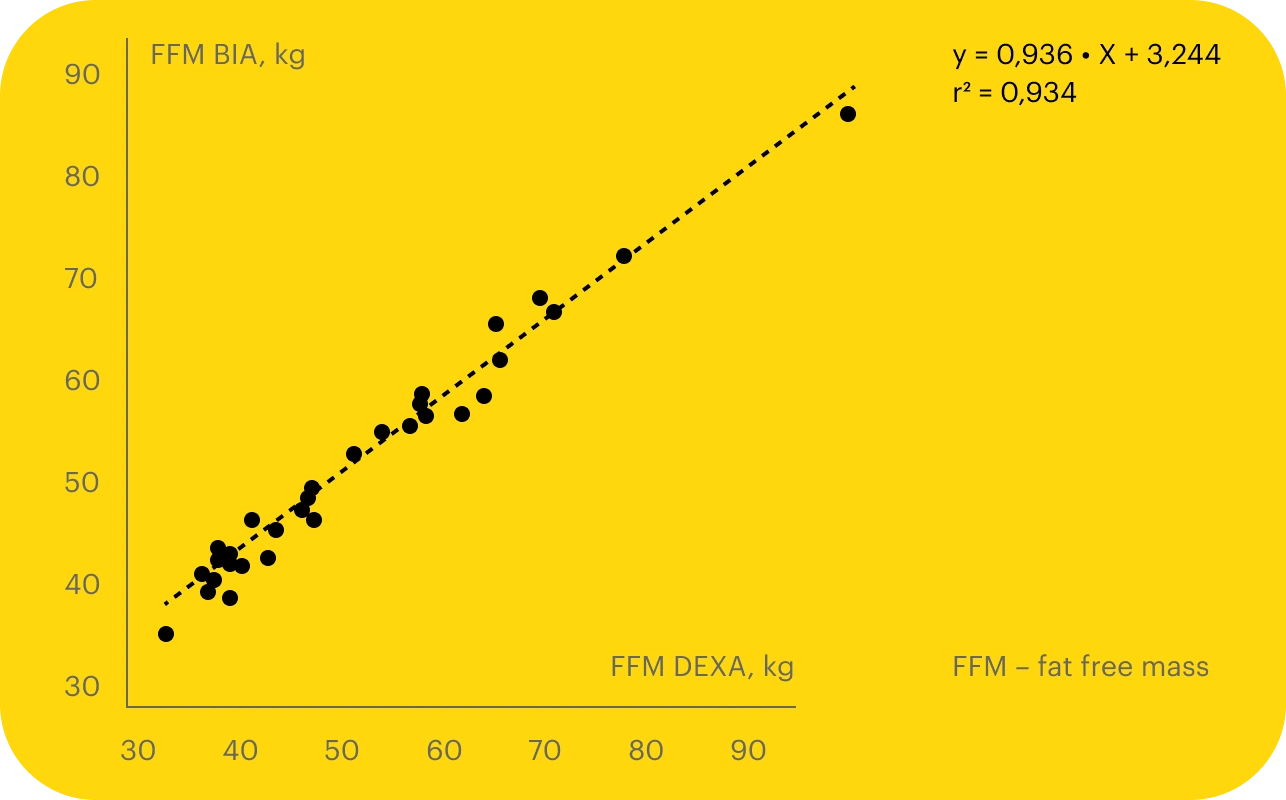
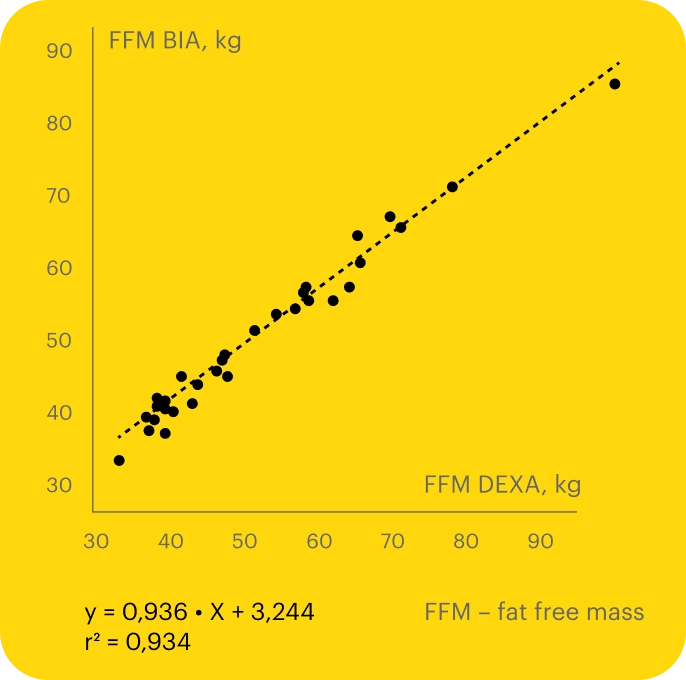 * According to internal research
* According to internal research
Powerful AURA App
The convenient and feature-rich app is great for managing your health data and tracking your fitness goals.
Supports your Watch
AURA Strap 2 is compatible with the largest percentage of Apple Watches currently in use, from Series 3 to Series 8.
Reliable Bluetooth connection with Apple Watch
AURA Strap 2 connects to Apple Watch via BLE 4.2 protocol. It provides a fast, reliable, and convenient connection with the Watch.
Full sync with Apple HealthKit
AURA App is fully compatible with Apple HealthKit. All the measurement data syncs with the data hub and is ready to use in third-party apps.
The convenient and feature-rich app is great for managing your health data and tracking your fitness goals.


AURA Plus
Empower your AURA Strap 2 with additional features and get more resources to achieve your fitness goals. AURA Plus is a service inside the AURA App.
Learn more
Fits Your Wrist!!
The stretchable sport loops for AURA Strap 2 are pleasant to the touch and comfortable for daily wear. They have no clasps! Putting on and taking off your Apple Watch with the Strap 2 is quick and easy.
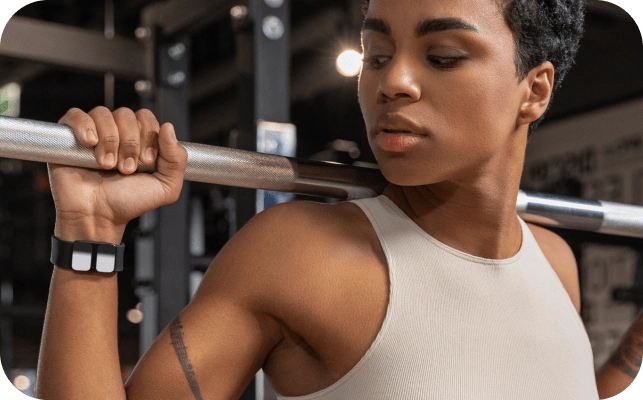
Every package includes 4 sets of straps of different sizes to fit any wrist size.
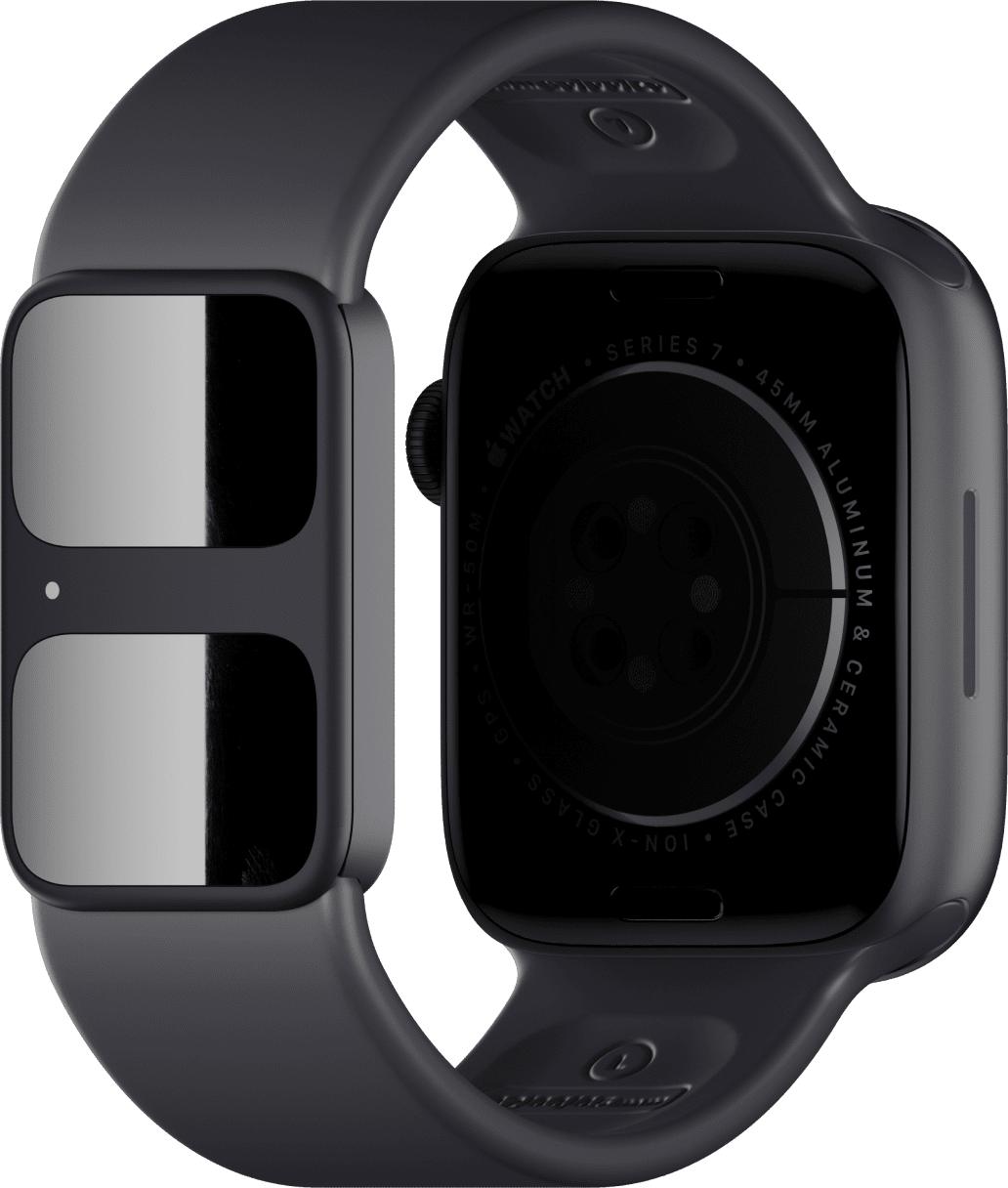
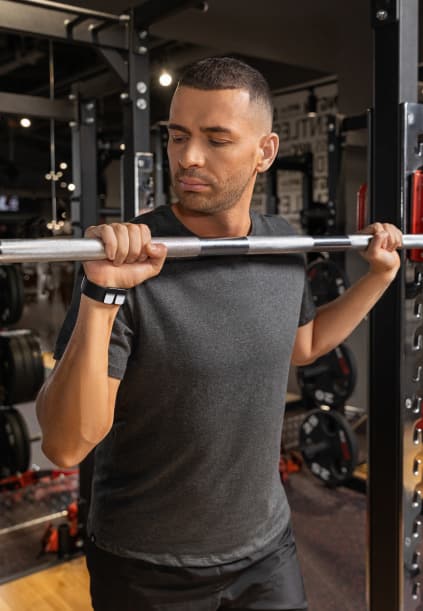

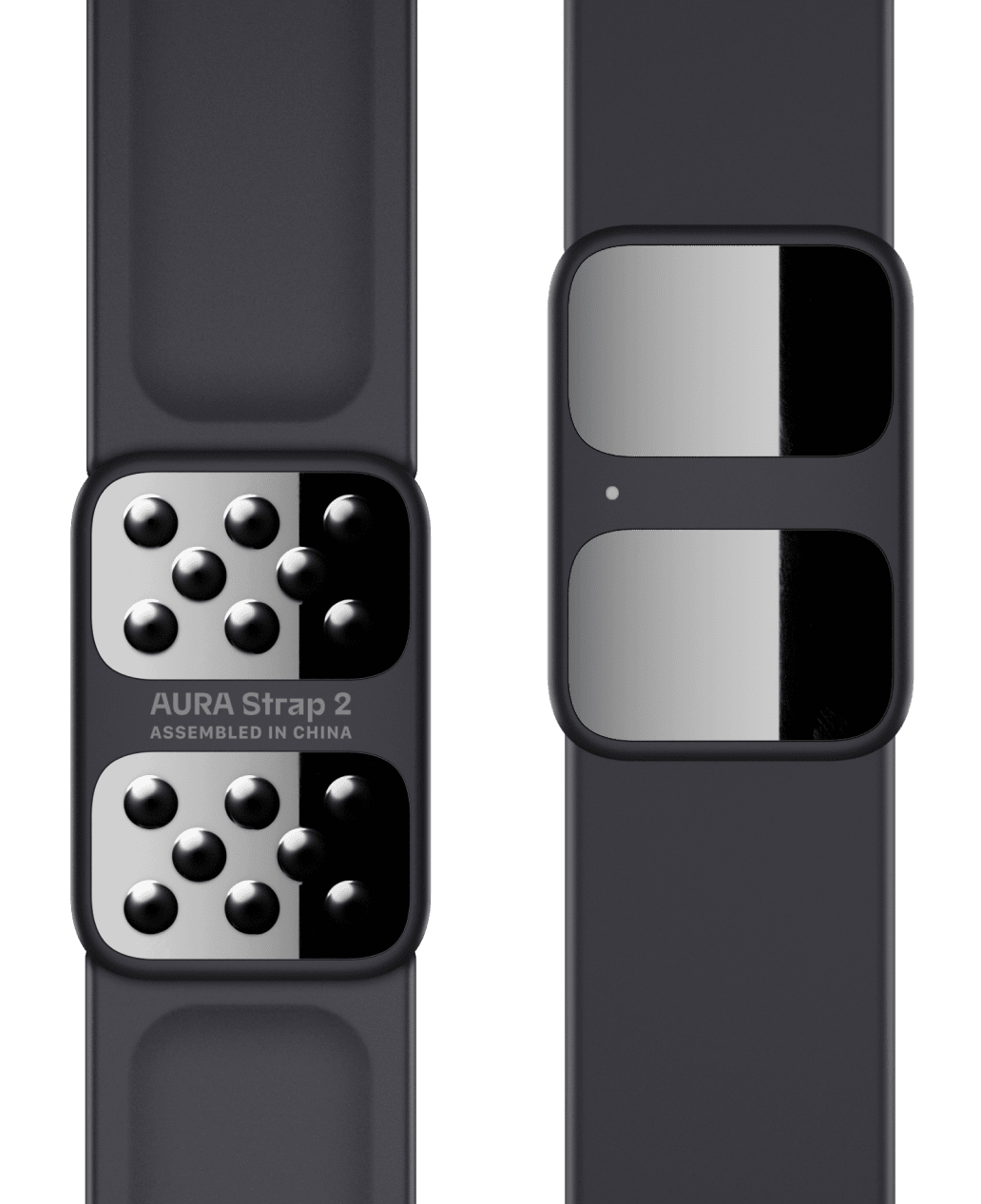
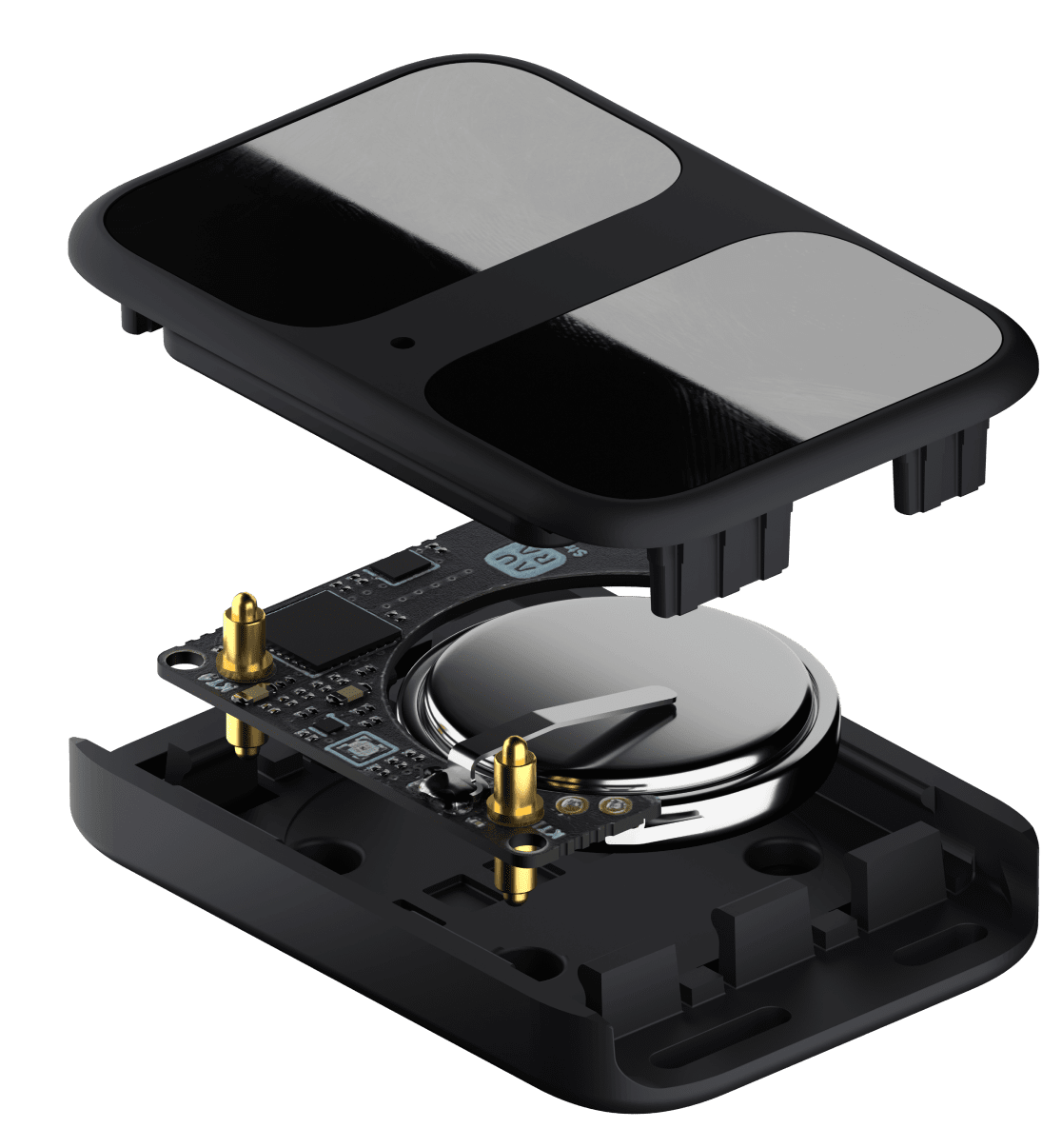
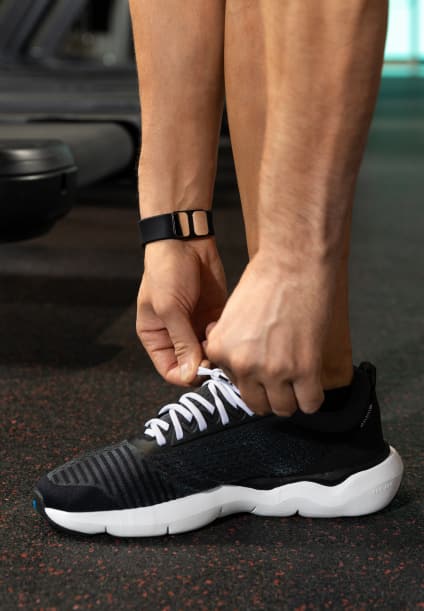
You don’t need to change the round coin battery (CR1632) for up to 6 months of daily use
Changing the battery is easy as 1-2-3 with the included pick or a credit card.
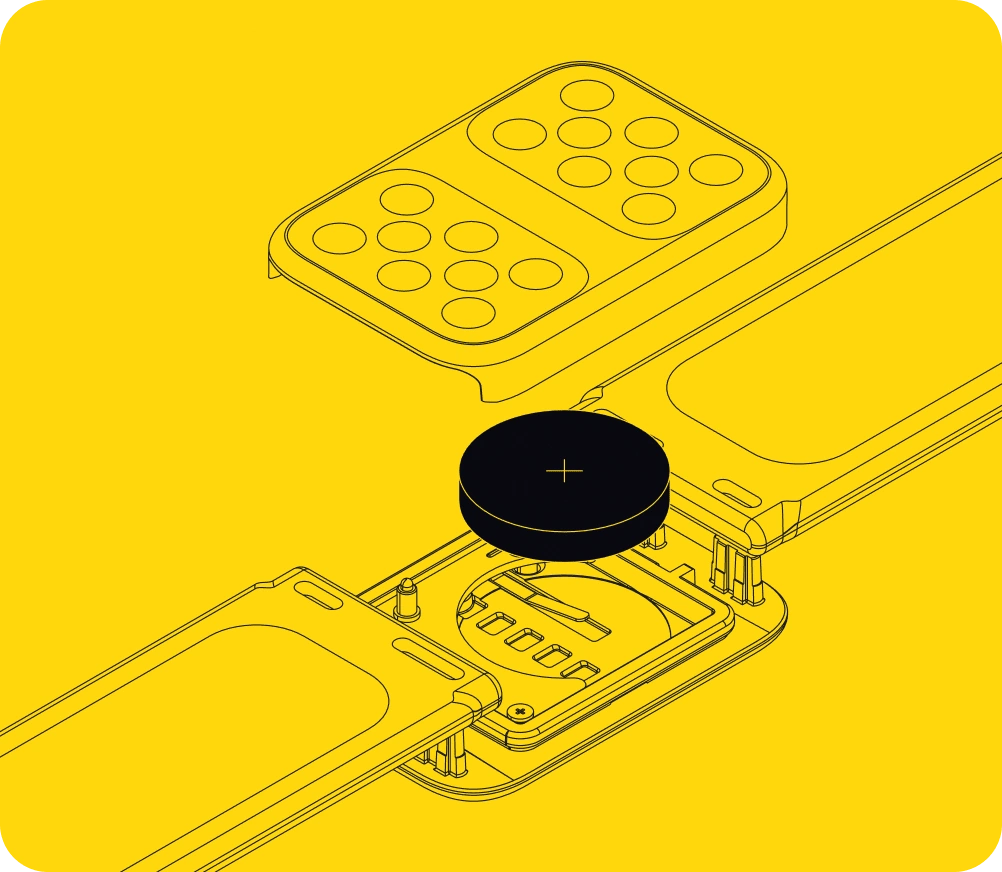
Water resistance
AURA Strap 2 is sweat resistant and safe to wear during shallow-water activities like swimming. However, do not submerge it in deep water, expose it to strong jets of water, or keep it underwater too long. Harsh soap and chemicals might damage the device.

The second generation’s new architecture provides 20 times more data points than the first generation could collect, this improves the accuracy to the level of clinical-grade devices.
Strap 2 uses a low-energy Bluetooth connection instead of a sub-ultrasonic interface, which was used in the first generation. It reduces the number of unsuccessful measurements by 99.99% and allows users to take measurements in any environment.
Strap 2 housing is slimmer by 20% and narrower by 5%. It’s smaller, slimmer, and feels no bigger than a buckle on a watch strap.
Added an LED indicator to show current device’s status
Easier to open: no more screws
Easier to replace the straps
AURA App 2.0 brings new features and experience to users: fitness goals, Biogram, monthly reports, personalised workout plans. Learn more about AURA App and AURA Plus features.
The new architecture makes it possible to keep the firmware up to date for a long time, bringing new features for a better experience.
Specifications
Compatibility
Supports all Apple Watch models from Series 3 and above, including SE, Series 9, and Ultra 2. Synchronizes with the HealthKit. Companion app for Apple Watch
For everyone
Uniquely designed stainless steel contacts for hairy and/or dry hands.
Features
Body composition measurement and tracking. It measures percentage of fat, muscle, protein, bones, and water in your body
Up to 6 months of hard work
Single standard, replaceable CR1632 round coin battery (included)
Water resistance
AURA Strap 2 is sweat resistant and safe to wear during shallow-water activities like swimming.
Signaling
LED indicator to show current status
Stays up-to date
The firmware can be upgraded by the user as AURA continues improving the software for better accuracy and faster measurements
What’s Included
AURA Strap 2, Infinite Loops in 4 sizes, Coin Battery (CR1632), Pick for Battery and Loop replacement, Quickstart Guide
Dimensions
AURA Strap 2 comes in two sizes: for Apple Watch 38/40/41 and for Apple Watch 42/44/45/49
Connectivity
BLE 4.2+
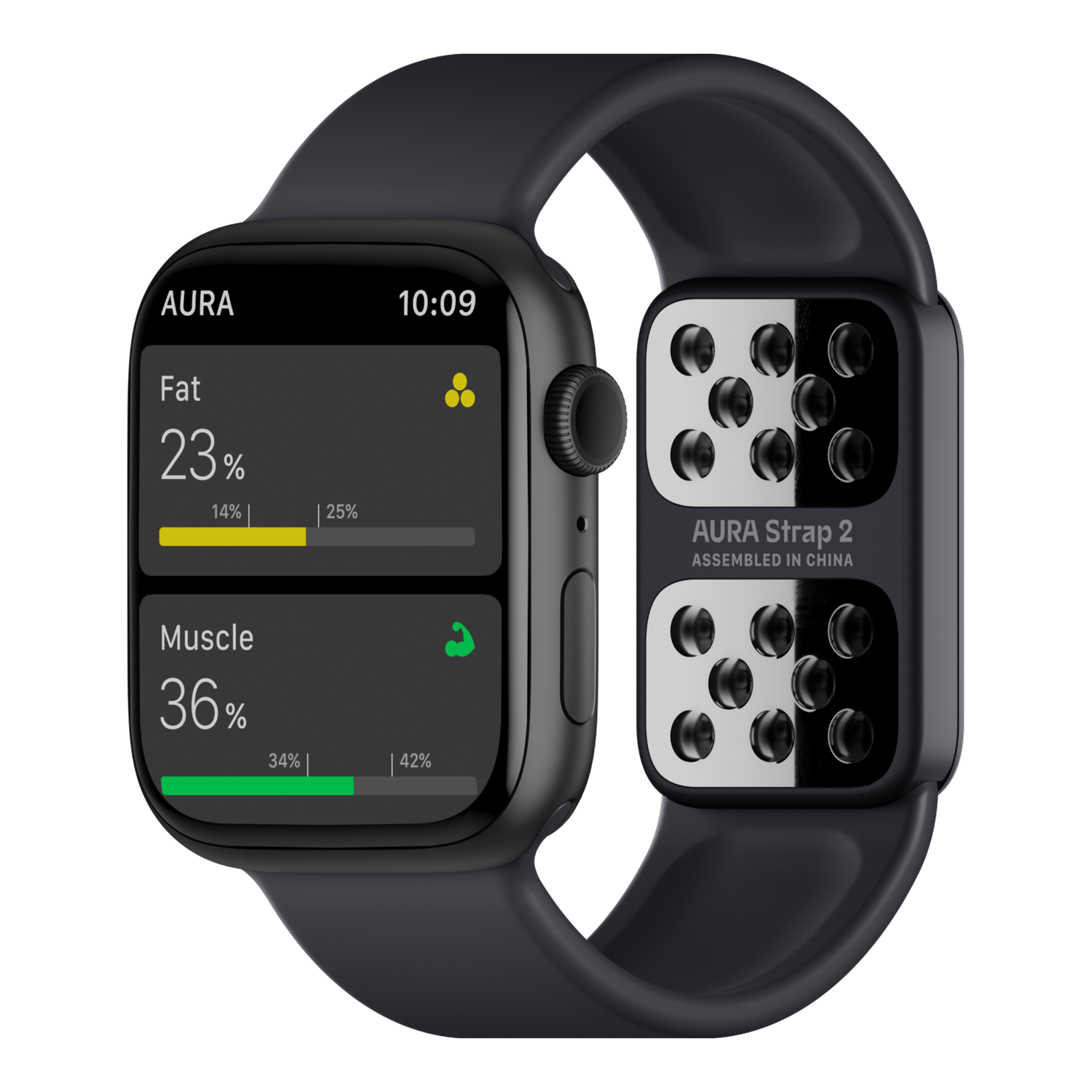
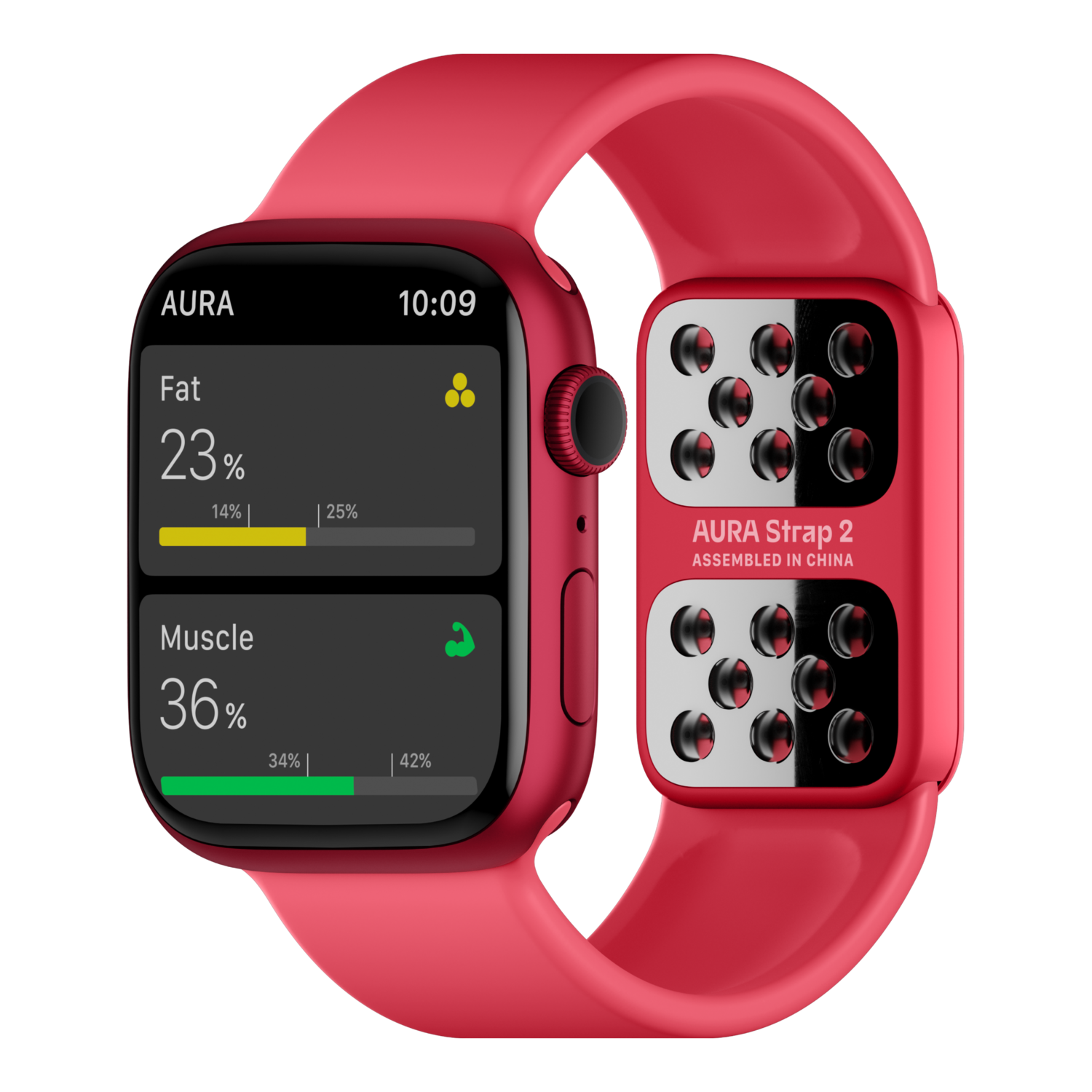
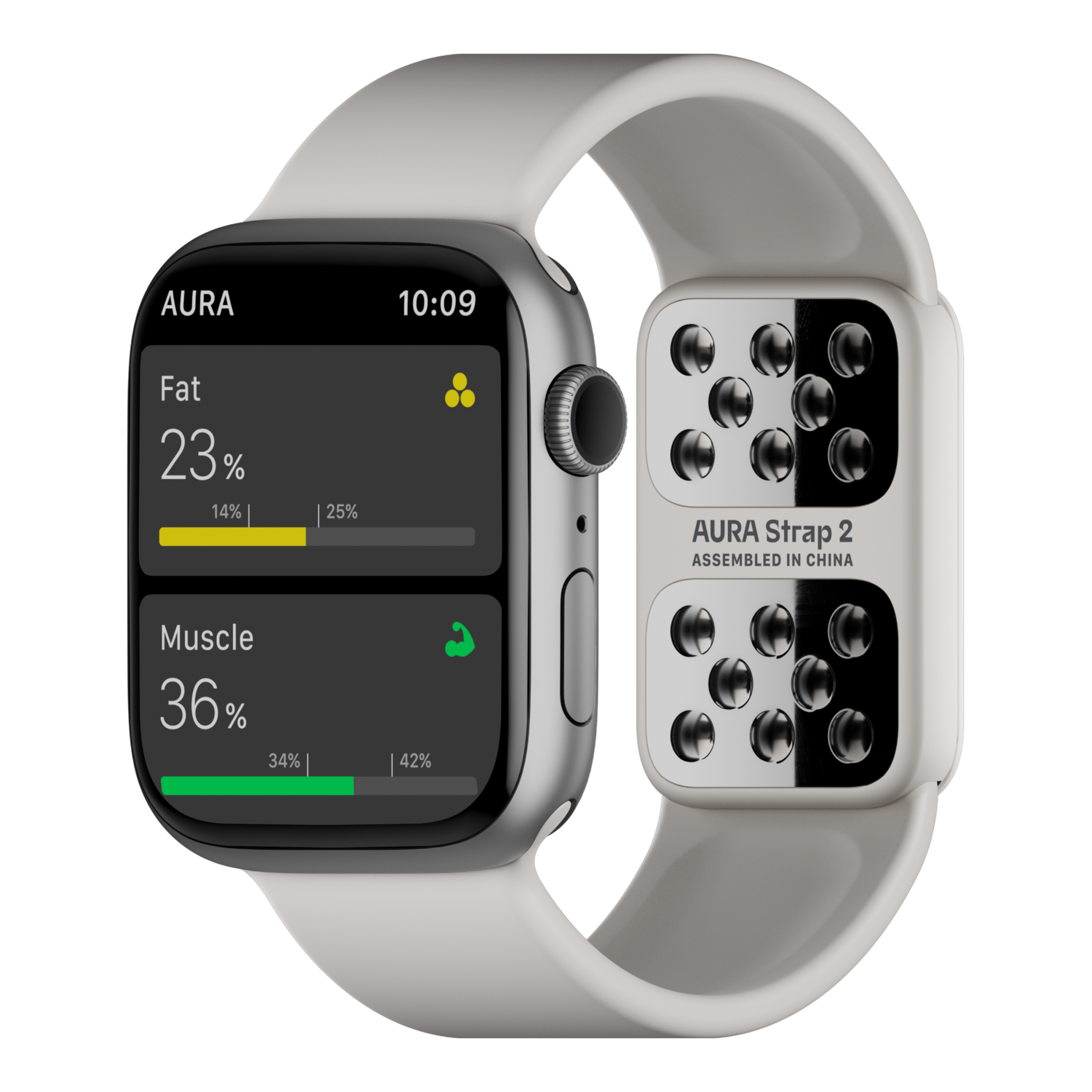
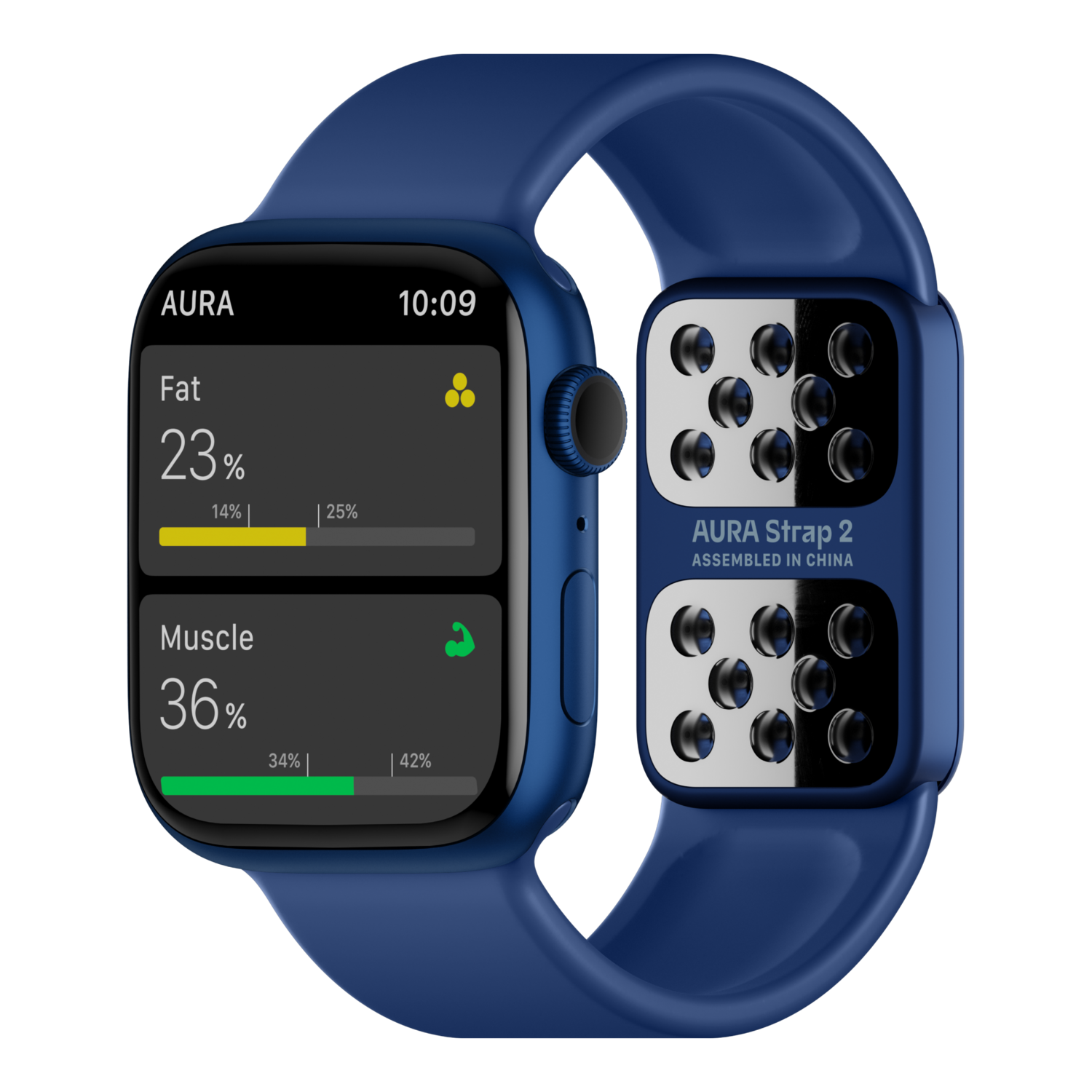
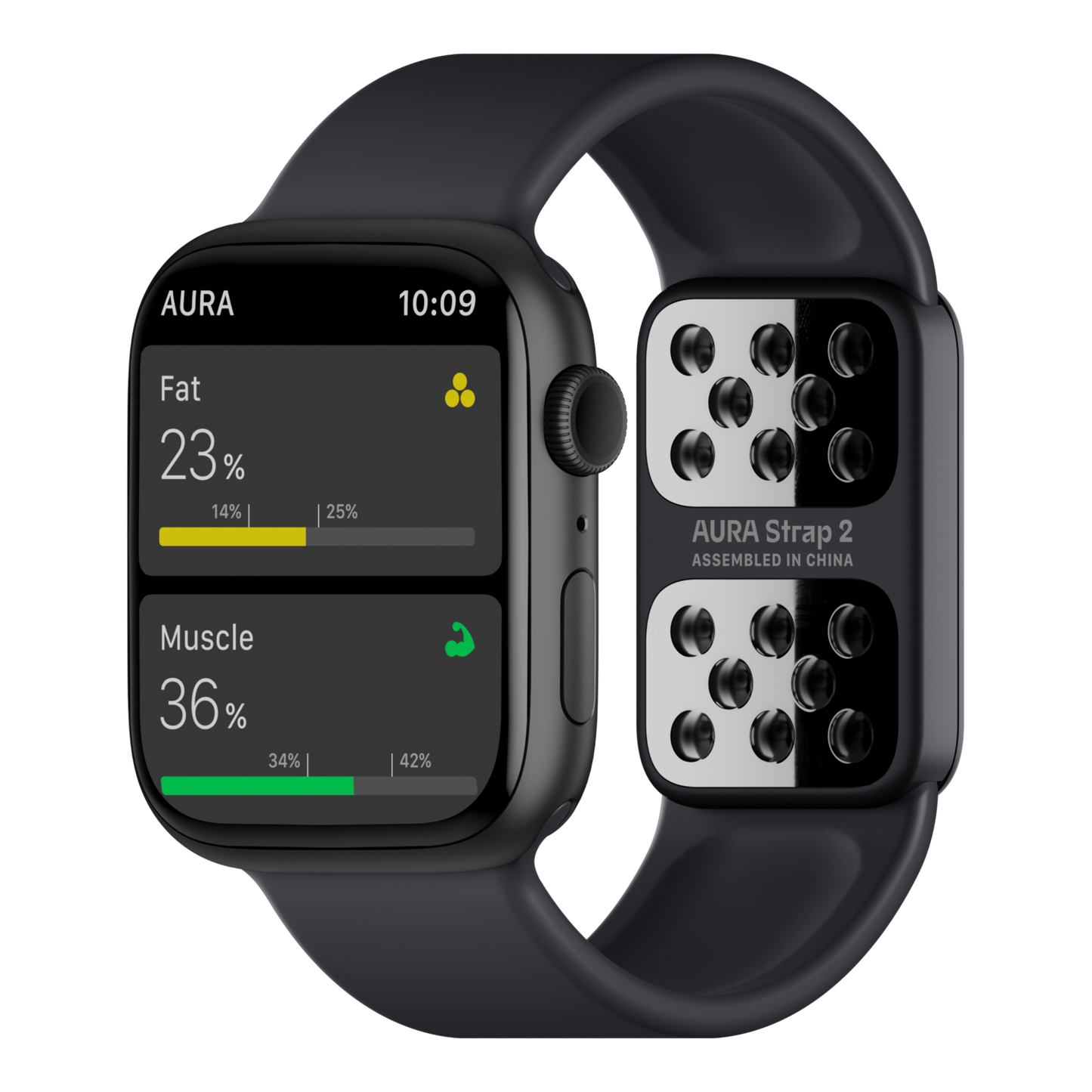
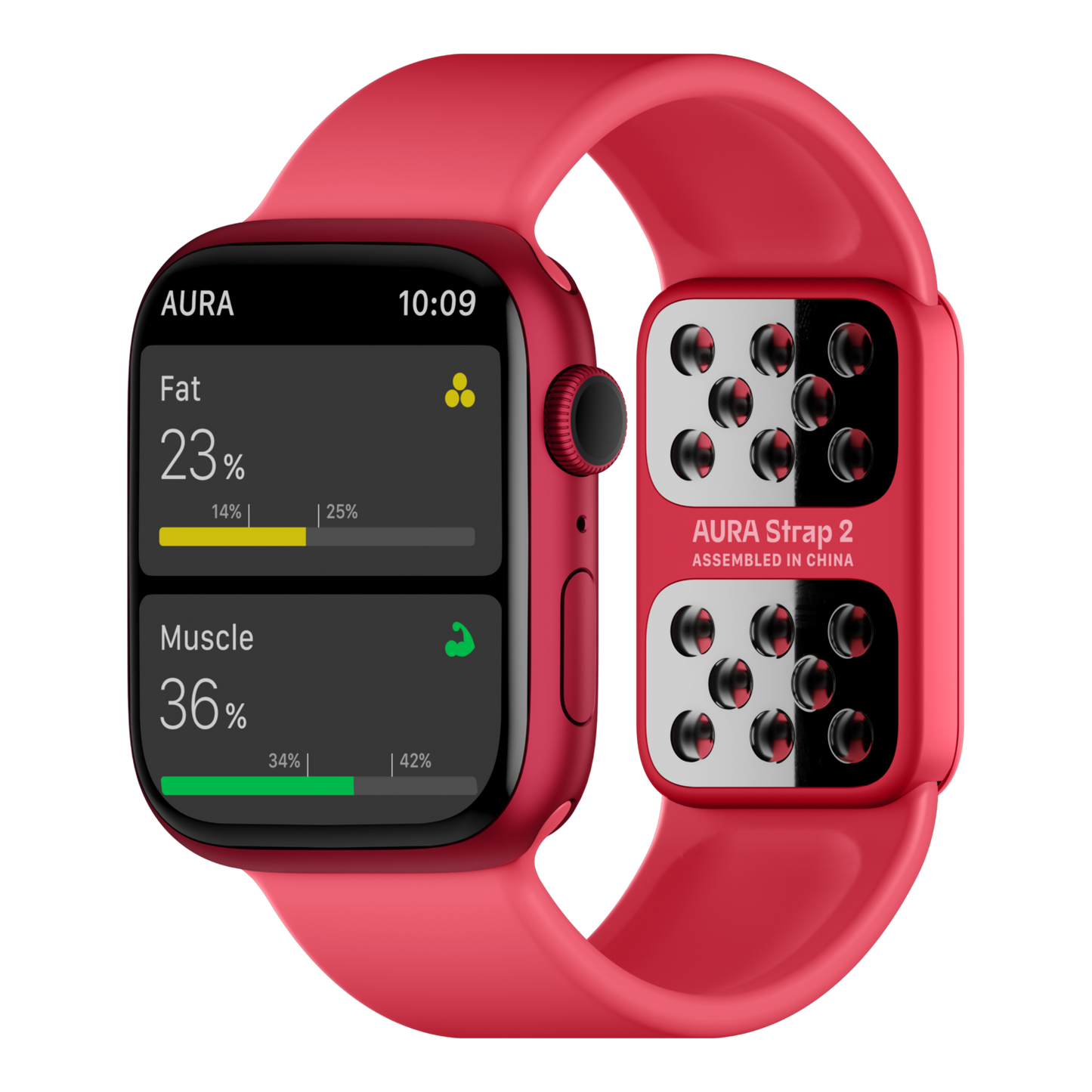
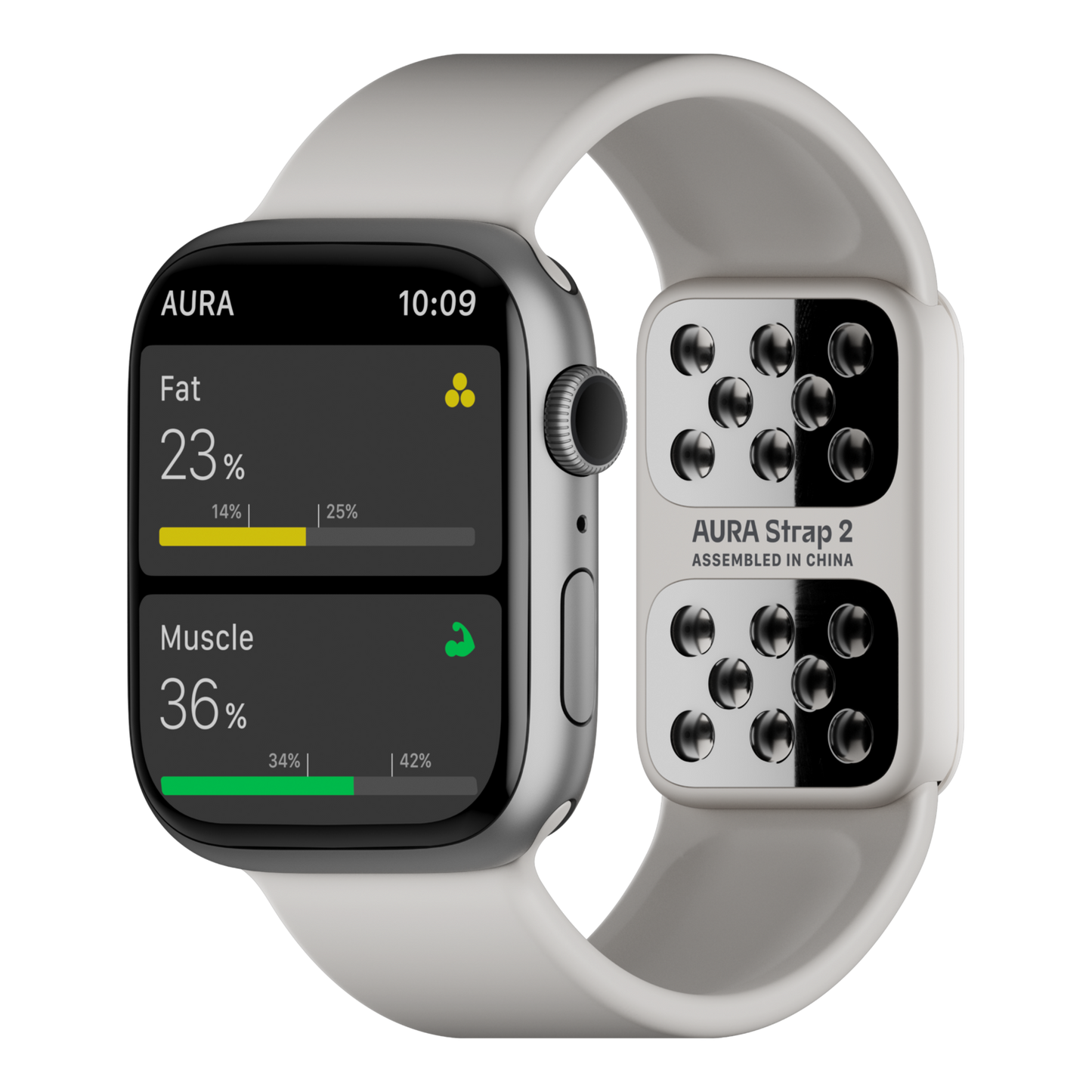
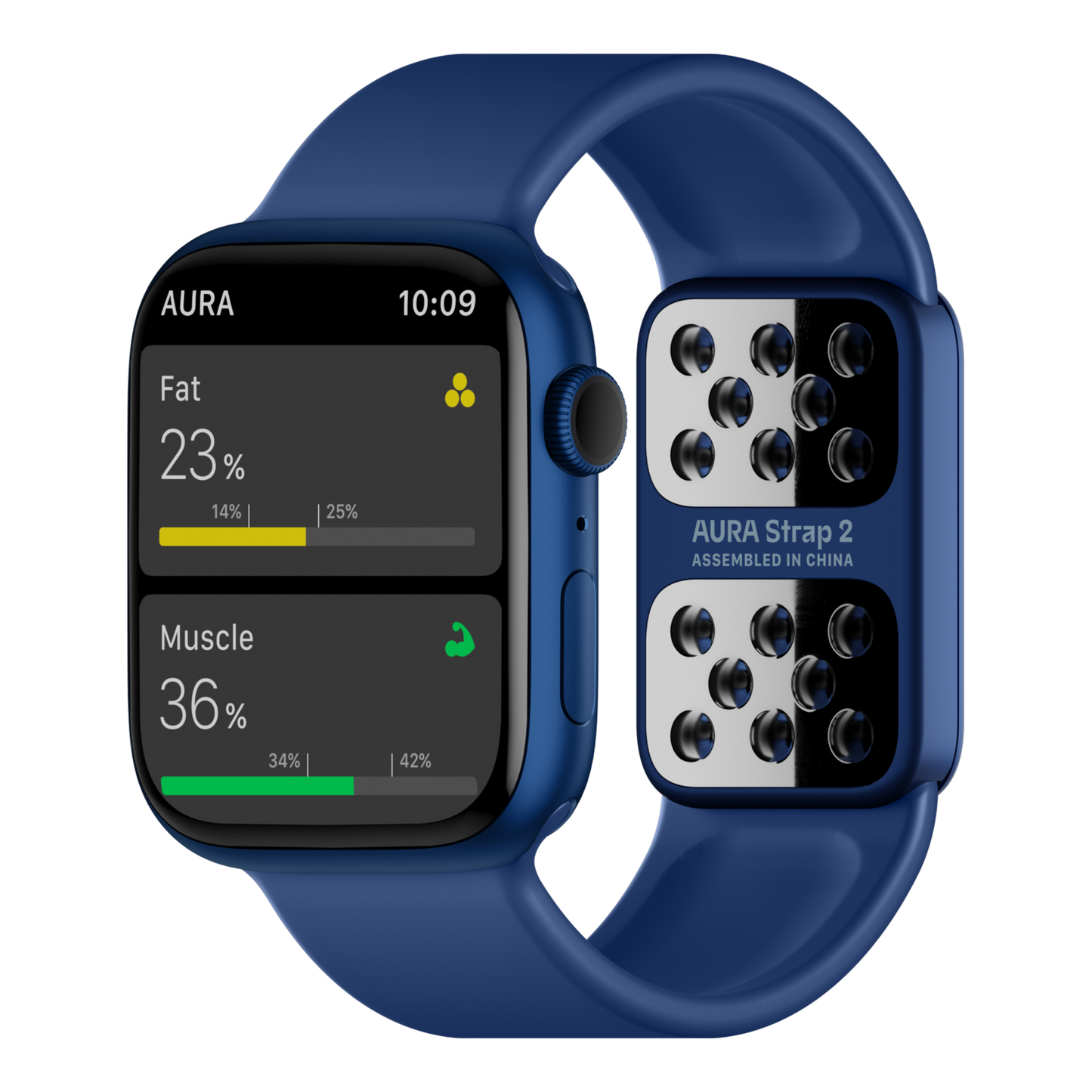
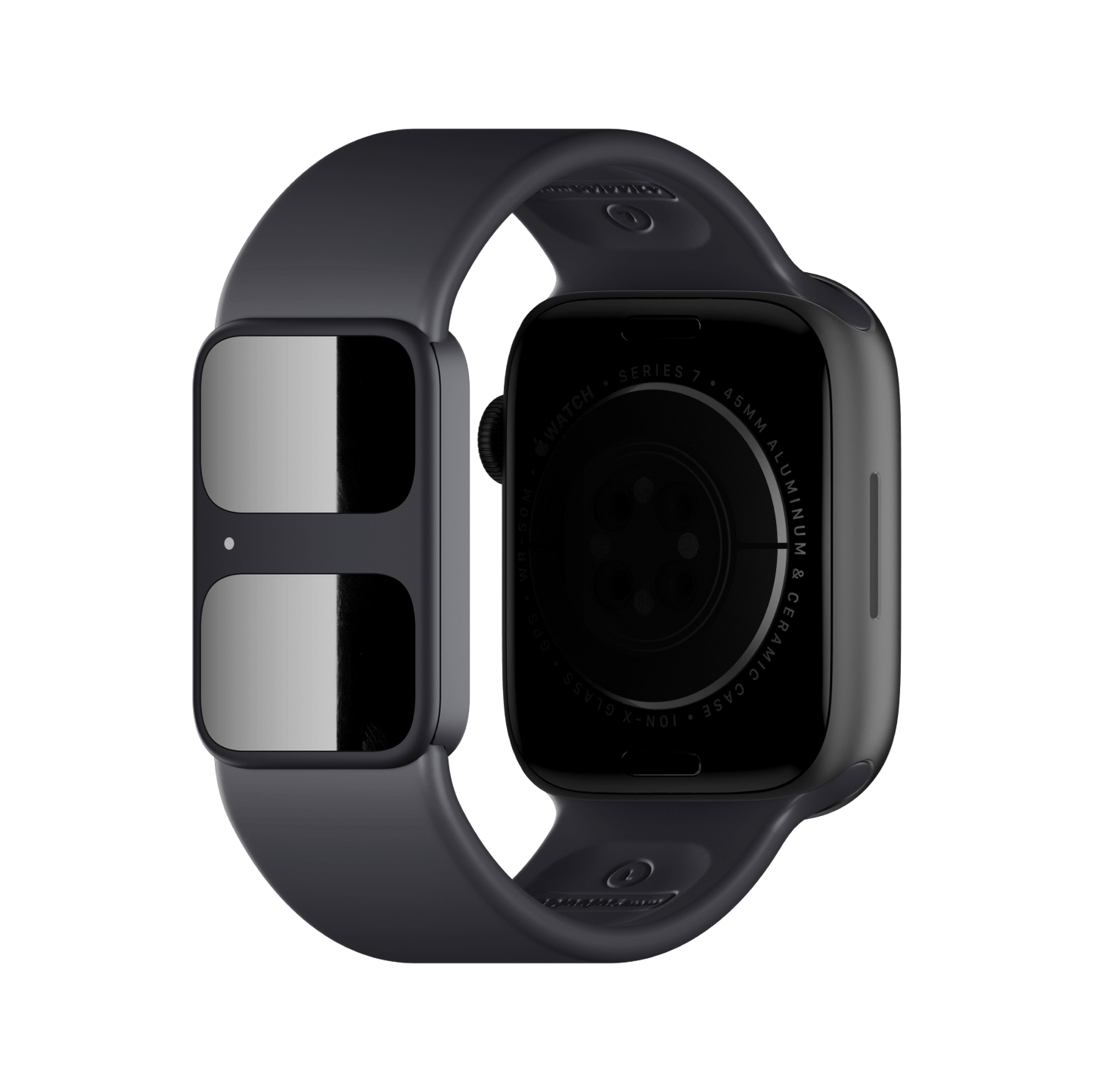




FAQ
What does it do?
Does it work with my Apple Watch?
How can body composition tracking help me?
Does it measure hydration?
Does AURA Strap 2 fit my wrist?
Is it waterproof?
How are AURA Strap 2’s electrodes made?
How long does it work on a single charge?
Is it safe to use AURA Strap 2 with a pacemaker?
Can the AURA Strap 2 detect medical conditions or illnesses?
How does Strap 2 connect with Apple Watch? Is it secure?

